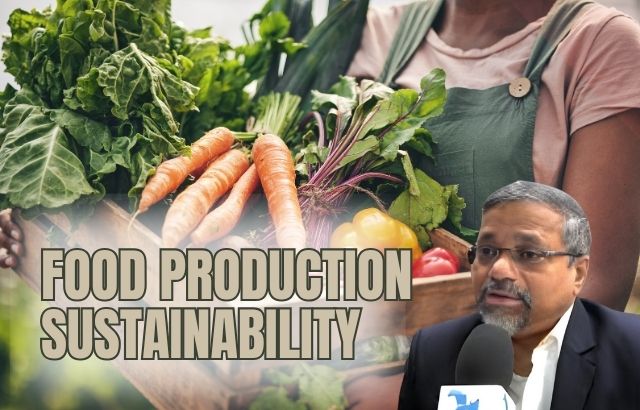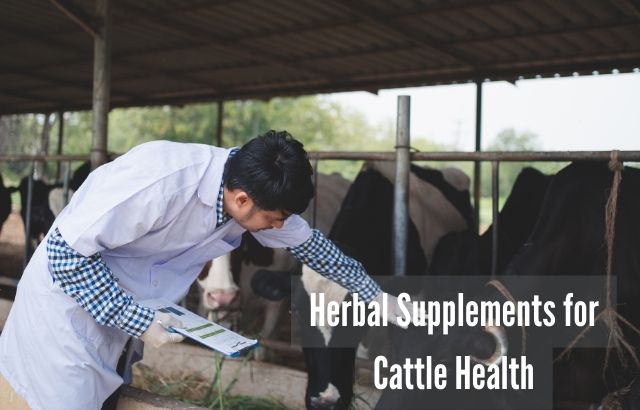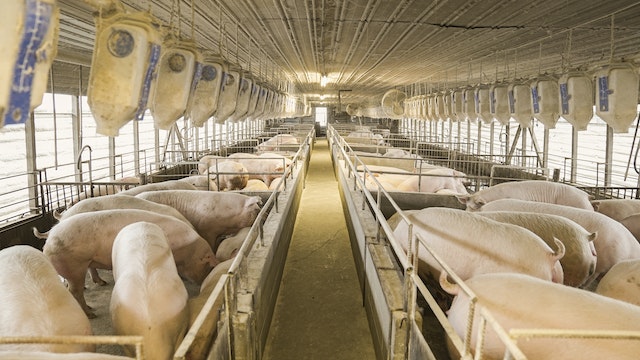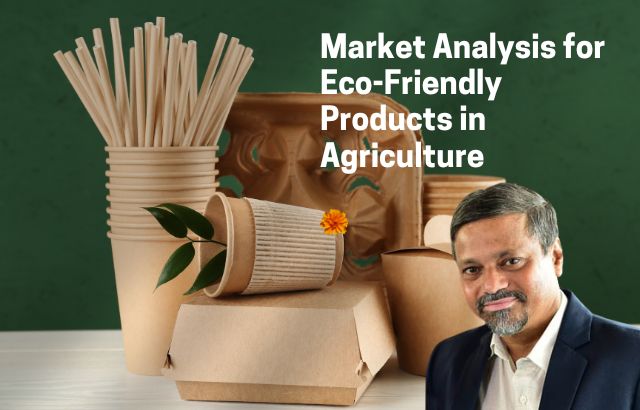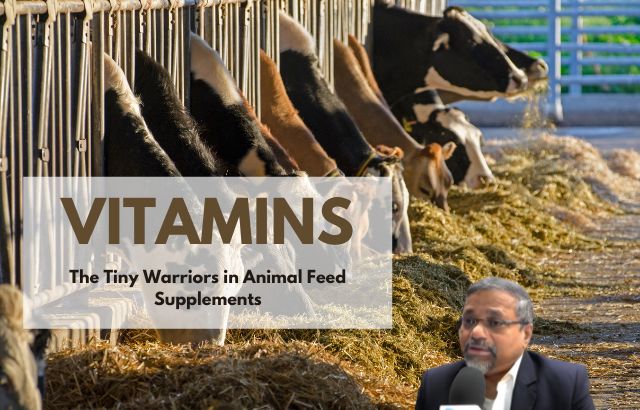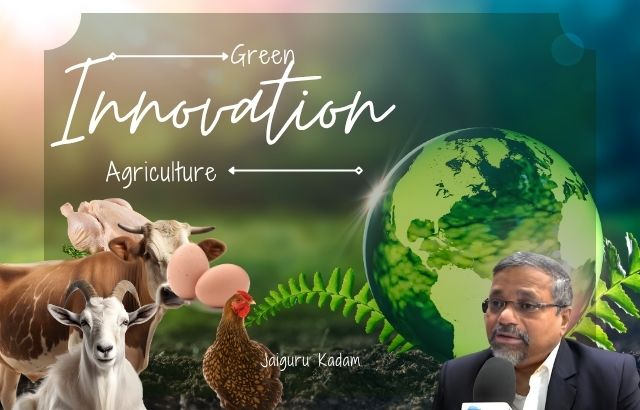In the modern world, the role of Agri-Food Systems Researchers has never been more pivotal. With the ever-increasing demand for food driven by the global population explosion and the mounting pressures on our environment, researchers are working tirelessly to find innovative solutions that balance productivity with sustainability. One such innovation comes from Green Innovators like Jaiguru Kadam, whose approach focuses on eco-friendly agricultural practices, enhancing food production while minimizing the negative impacts on the planet.
In this blog, we’ll dive into the core responsibilities of Agri-Food Systems Researchers, how Green Innovation is reshaping food production, and explore some fascinating statistics and insights provided by experts like Jaiguru Kadam.
What Does an Agri-Food Systems Researcher Do?

Agri-Food Systems Researchers are responsible for studying and developing strategies to improve the entire food system, from farm to table. Their research spans across various sectors such as:
- Soil health and its impact on crop yields
- Water usage efficiency in agriculture
- Sustainable farming practices and agroecology
- Supply chain optimization to reduce waste and improve food distribution
- Plant breeding and biotechnology to create more resilient crops
- Nutritional enhancement of food crops for better public health
These researchers work closely with agricultural scientists, environmentalists, policy makers, and business leaders to develop actionable solutions for the agriculture sector. They often experiment with innovative methods that aim to reduce the carbon footprint of farming while simultaneously improving food security.
Example: Smart Irrigation Systems
One of the most impactful areas of Agri-Food Systems research is water conservation. Traditional irrigation methods waste significant amounts of water, especially in arid regions. However, innovative technologies like smart irrigation systems are revolutionizing water management. These systems use sensors to monitor soil moisture and adjust water delivery accordingly, minimizing waste and maximizing efficiency.
Case Study: Jaiguru Kadam’s Green Innovation
Jaiguru Kadam is a notable Green Innovator who has been at the forefront of sustainable agriculture practices. His approach emphasizes regenerative farming, which not only maintains the land’s fertility but also restores and enhances its natural ecosystems.
Key Contributions:
- Agroforestry Practices: Kadam promotes the integration of trees with crops, improving biodiversity, preventing soil erosion, and enhancing water retention in the soil.
- Zero-Waste Farming: By focusing on closed-loop systems, Kadam’s techniques ensure that nothing goes to waste. Crop residues are repurposed as compost or animal feed, which in turn supports soil health and productivity.
- Carbon Sequestration: His methods of enhancing soil organic matter increase carbon storage in the ground, helping mitigate climate change.
Example: Regenerative Agriculture and Soil Health
Kadam’s implementation of regenerative agriculture has led to a noticeable increase in crop yield while maintaining soil fertility. For instance, his research on using cover crops (such as legumes) to fix nitrogen in the soil has drastically reduced the need for chemical fertilizers. This method not only improves soil health but also reduces the cost of farming.
Interesting Info

- Sustainability in Food Production: According to the Food and Agriculture Organization (FAO), around 25-30% of global greenhouse gas emissions come from food production. By shifting to more sustainable practices, such as those advocated by researchers like Kadam, we can potentially reduce this figure by up to 50% by 2050.
- Global Food Waste: Nearly 33% of the food produced globally is wasted. With better systems in place, such as waste reduction strategies and smarter food distribution, we could significantly reduce this number and alleviate hunger in many parts of the world.
- Water Use Efficiency: Agriculture accounts for 70% of global freshwater use. If every farm implemented smart irrigation technologies, water usage could be reduced by up to 40%.
The Role of a Green Innovator in Agriculture
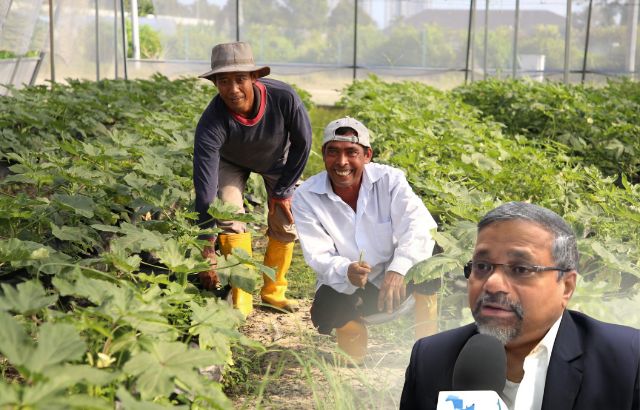
A Green Innovator in the agri-food sector, like Jaiguru Kadam, plays a key role in ensuring that agricultural production methods are not just sustainable but also eco-friendly. Their contributions can be classified into several important roles:
1. Research and Development of New Techniques
Green Innovators research new, sustainable methods to increase productivity without harming the environment. For instance, Kadam’s work in integrating permaculture into farming systems aims to create self-sustaining ecosystems that enhance biodiversity, increase water retention, and improve soil structure.
2. Advising and Educating Farmers
They actively work with farmers to teach them sustainable practices that reduce dependency on chemical inputs, minimize water usage, and improve soil health. For example, Kadam trains farmers to use bio-fertilizers instead of synthetic ones, reducing soil toxicity and encouraging microbial activity that enhances plant growth.
3. Sustainable Resource Management
A core part of green innovation is finding sustainable solutions for managing critical resources like water and soil. By using technologies such as precision farming, Green Innovators help reduce waste and optimize resource use. Kadam’s methods often include rainwater harvesting systems that reduce the dependency on conventional irrigation methods, promoting water conservation.
FAQs about Green Innovation in Agriculture

1. What is Green Innovation in Agriculture?
Green innovation refers to the development and application of new technologies, practices, and processes in farming that promote sustainability. These innovations reduce the environmental footprint of agriculture while maintaining or increasing food production. This includes practices such as crop rotation, agroforestry, and organic farming.
2. Why is Sustainability Important in Agri-Food Systems?
Sustainability ensures that food production methods do not deplete natural resources, harm ecosystems, or contribute excessively to climate change. Sustainable practices, like those advocated by Jaiguru Kadam, are essential for ensuring food security for future generations while maintaining ecological balance.
3. How Can Farmers Benefit from Green Innovation?
Farmers can benefit from Green Innovation by reducing their costs, improving crop yields, and increasing soil health. Sustainable practices often result in lower input costs, such as fewer fertilizers and pesticides, and increased resilience against climate change impacts.
4. What Are the Main Challenges in Implementing Green Innovations?
Some of the challenges include the initial cost of new technologies, the lack of knowledge or awareness among farmers, and resistance to change due to traditional farming practices. However, as more evidence is gathered about the benefits of sustainable methods, these barriers are slowly being overcome.
Key Takeaways
- Agri-Food Systems Researchers are leading the way in finding solutions for a more sustainable and resilient food production system.
- Green Innovators like Jaiguru Kadam are crucial in developing and implementing methods that combine eco-friendly practices with higher food productivity.
- The adoption of practices like regenerative agriculture, smart irrigation, and permaculture can lead to significant improvements in food security and environmental sustainability.
By continuing to foster innovation in agriculture, we can ensure that the world’s food systems are both productive and sustainable, meeting the needs of future generations while preserving the environment.
So, what does the future hold for agriculture? If we continue to innovate and adopt these greener, more sustainable practices, the future looks bright, not just for farmers, but for the planet as a whole.

